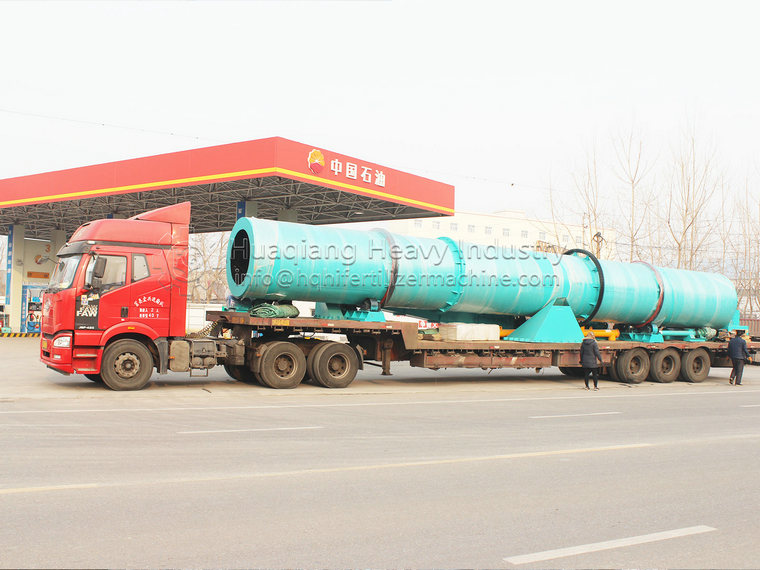Cow manure itself is a good source of organic fertilizer. In addition to being rich in trace elements such as organic matter, nitrogen, phosphorus, and potassium, it also contains various biological enzymes and microorganisms. After being made into fertilizer, cow manure fertilizer can play an irreplaceable role in improving soil organic matter and fertility, improving soil structure, improving soil physical and chemical environment, and microbial environment.
Organic fertilizer is a fertilizer made from animal and plant residues, kitchen waste, and other raw materials. The production process requires the use of multiple equipment to ensure the full utilization of raw materials and efficient conversion into valuable organic fertilizers..jpg)
1. Fermentation stage: Fermentation is the key process for converting materials such as poultry and livestock manure into organic fertilizer, which directly determines the quality of organic fertilizer. This process requires the use of a flipping machine to regularly flip the material, increasing its oxygen filling, water evaporation, and heat dissipation, while reducing odors and bacterial growth.
2. Precision processing: The fermented organic fertilizer is screened, crushed, and granulated to make it a commercial fertilizer that meets the requirements. This process requires the use of screening machines, crushers, granulators, and other equipment.
The equipment required for treating organic fertilizers with cow manure includes: cow manure flipping machine, crusher, mixer, granulator, screening machine, dryer, and automatic packaging machine. The first step of fermentation treatment in the production process is the focus of the entire process. The fermentation effect determines the overall quality of cow manure organic fertilizer. The subsequent processing mainly involves shaping the organic fertilizer to enhance the appearance of the product.
The quality and design process of organic fertilizer equipment directly affect the quality of organic fertilizers. Therefore, when purchasing organic fertilizer equipment, it is necessary to choose equipment with advanced technology and high-quality materials to ensure the quality and production efficiency of organic fertilizers, improve the utilization rate and added value of raw materials.






.jpg)

